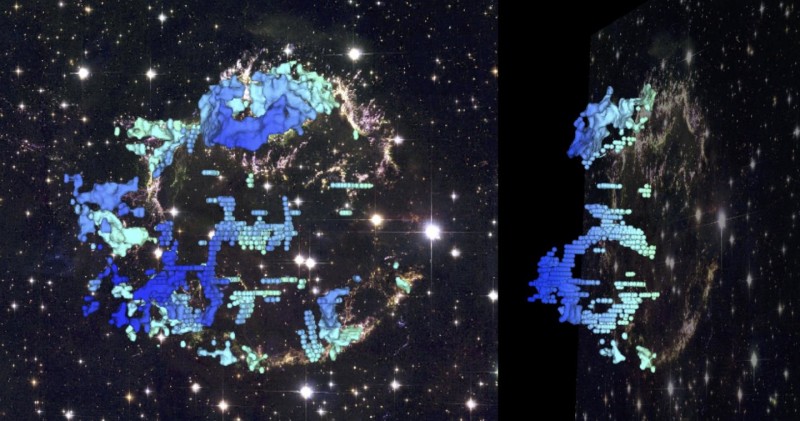OF THE
TIMES
Gaza is a TRUE genocide streamed 24/7 ......meanwhile in Canada currently we have raging accusations of genocide by the Canadian government on the...
For months I'm having the indistinct feeling that these are the end times of our Western society. This is the last year an appearance of order can...
Well written article. Quote:"The country's Declaration of Independence from Great Britain famously stated that "all men are created equal," while...
Hey Great Britain, how's that 'diversity' of your civilization working out for ya?
Drama. Both sides being western funded it's difficult for me to feel sorry for either one. Robbing Peter to pay Paul with U.S. tax dollars.
To submit an article for publication, see our Submission Guidelines
Reader comments do not necessarily reflect the views of the volunteers, editors, and directors of SOTT.net or the Quantum Future Group.
Some icons on this site were created by: Afterglow, Aha-Soft, AntialiasFactory, artdesigner.lv, Artura, DailyOverview, Everaldo, GraphicsFuel, IconFactory, Iconka, IconShock, Icons-Land, i-love-icons, KDE-look.org, Klukeart, mugenb16, Map Icons Collection, PetshopBoxStudio, VisualPharm, wbeiruti, WebIconset
Powered by PikaJS 🐁 and In·Site
Original content © 2002-2024 by Sott.net/Signs of the Times. See: FAIR USE NOTICE

Would it be fair to say that this particular energetic explosion/implosion was of lesser energy of typical novas studied by science? Gases are in recognizable areas, the bubbles intact?